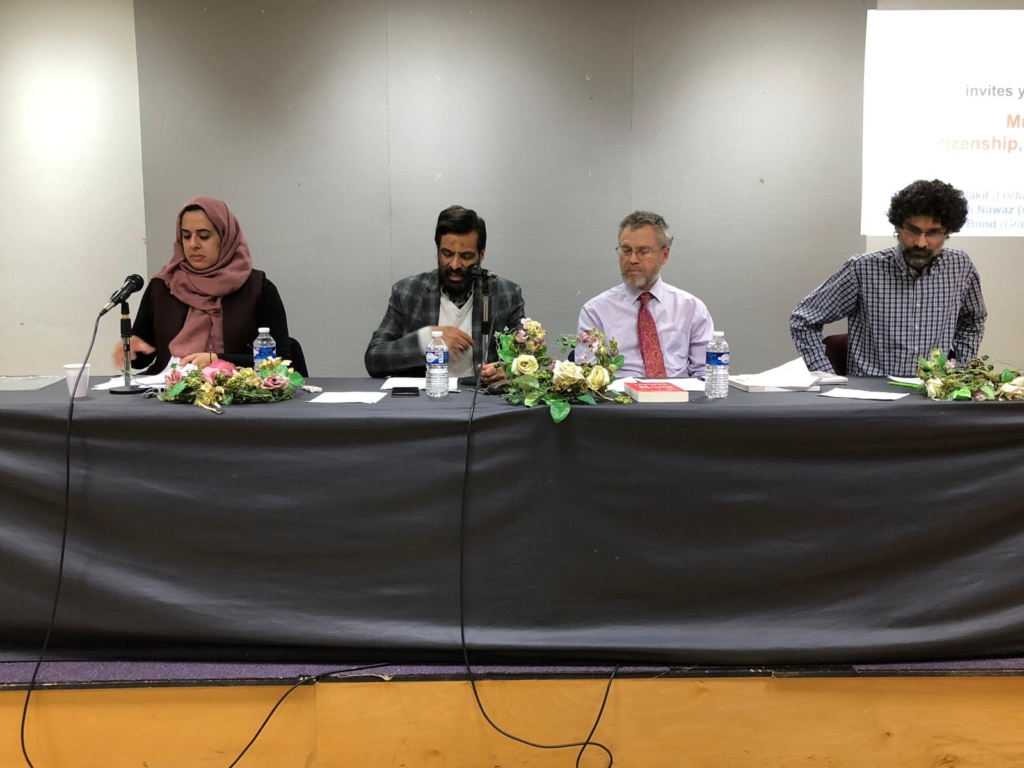Dr Farajallah paints a grim picture:
Numbers
The population of the GCC countries has grown by 43 per cent, from about 30 million in 2002 to nearly 43.5 million in 2010 (according to World Bank (WB) and Food and Agriculture Organisation (FAO) figures in 2012.
In eight years Qatar’s population has increased by 181 per cent while that of the UAE grow by 130 per cent (WB 2012, FAO 2012).
Oman’s 20 per cent growth rate though smallest amongst the 6 nations; is quite large averaging 2.5 per cent annually (WB 2012, FAO 2012).
Urbanisation has grown rapidly. Between 72 per cent and 98 per cent of the population live in urban areas.
There is an increased salinity of groundwater as demand continues to outstrip supply.
Average annual consumption of water in the GCC countries is amongst the highest in the world: 300 cubic metres/person/year to 750 cu m/person/year
Freshwater sources will drop from 215 cu m/person/year to nearly 95 cu m/person/year.
Relatively very limited use of treated sewage effluent other than for landscape irrigation.
There is a rapid depletion of groundwater sources.
In Saudi Arabia, 35 per cent of non-renewable groundwater sources were depleted by 1995.
In the UAE — only 7 per cent to 8 per cent of groundwater sources are fresh.
Over abstraction has led to sea water intrusion and upcoming of brackish water.
Most strategies have focused on supply but not the demand of water resources — the Abu Dhabi Declaration (at the 31st Meeting of the GCC leadership) seems to be a turning point.
Very little data is available on consumption, up to 40 per cent of consumption levels is unaccounted for.
Tariffs are very low barely covering 10 per cent of cost
Tariffs target residents differently — nationals versus expatriates
Metering is very erratically implemented — in Abu Dhabi in metered areas consumption was at 260 litres/per/day (l/p/d) vs. 1400 l/p/d in non-metered areas
Cost of desalination is still high ranging between $1/cu m and $2/cu m — though considerable improvements have been made with reverse osmosis numbers reportedly nearing $0.5/cu m.
Many desalination plants were commissioned in the 1970s and 1980s and require extensive rehabilitation. Desalination plants are currently working at near capacity.
Agriculture contributes no more than 2 per cent to 7 per cent of the GDP and some less than 1 per cent, but consumes a substantial amount of water:
84 per cent in Saudi Arabia and Oman
64 per cent in the UAE
47 per cent in Bahrain and Qatar
20 per cent in Kuwait


